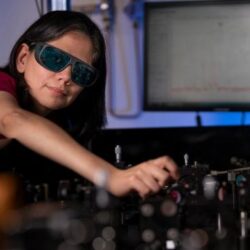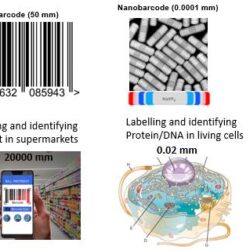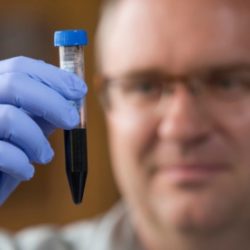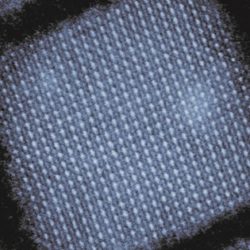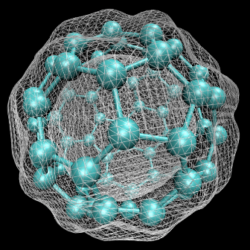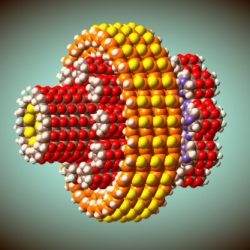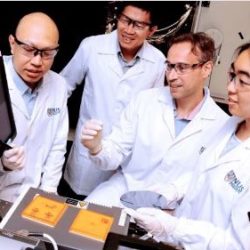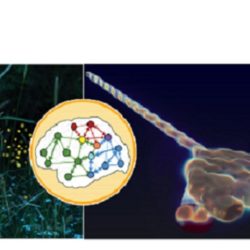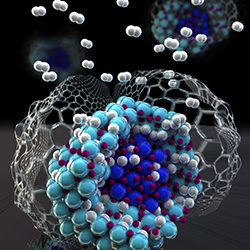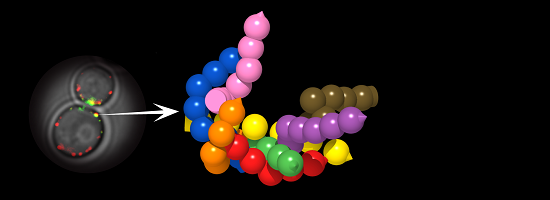Night vision forever with ultra-thin film
Researchers from The Australian National University (ANU) have developed new technology that allows people to see clearly in the dark, revolutionising night-vision. The first-of-its-kind thin film, described in a new article published in Advanced Photonics, is ultra-compact and one day could work on standard glasses. The researchers say the new prototype tech, based on nanoscale crystals, Read more about Night vision forever with ultra-thin film[…]
